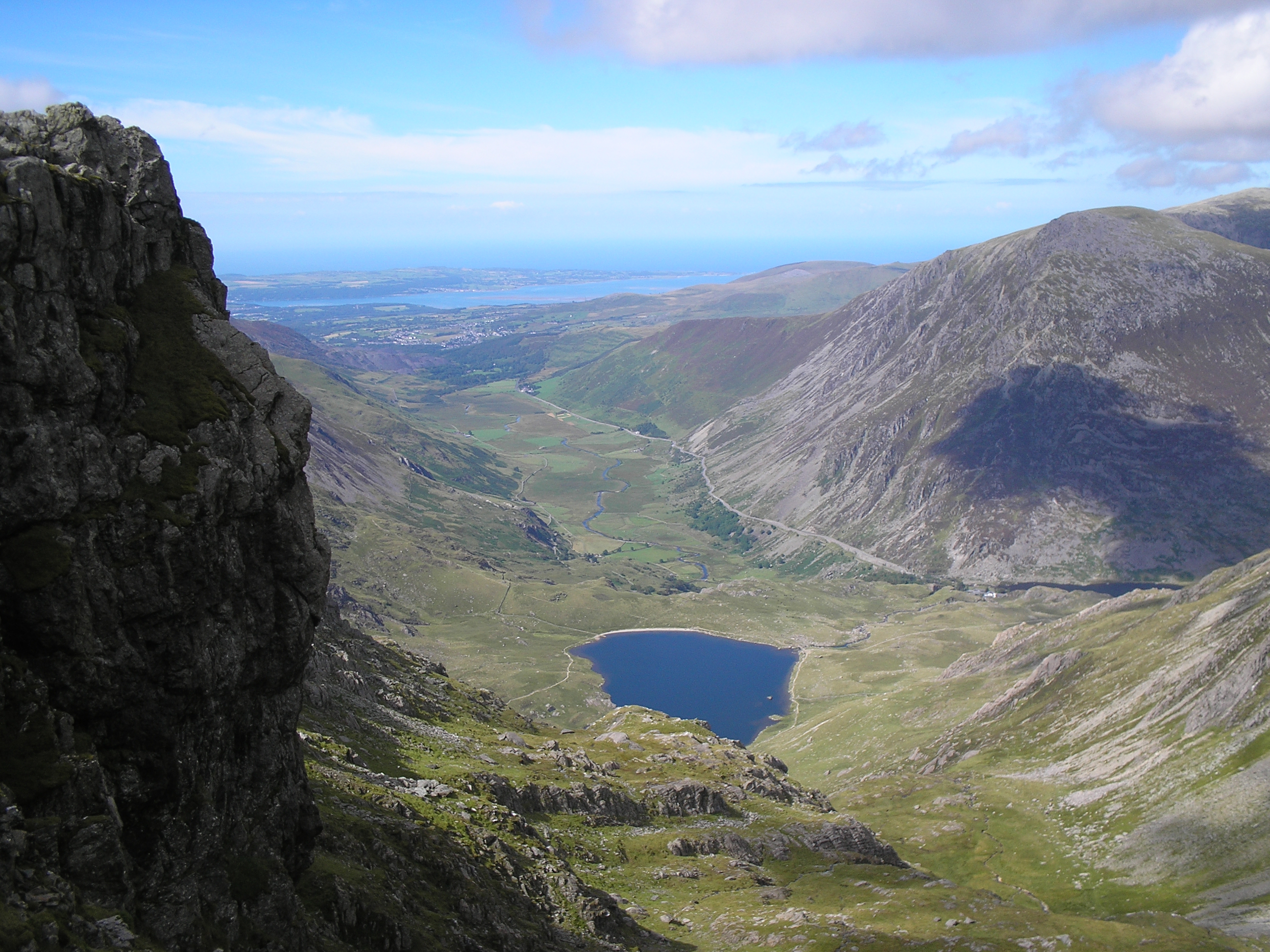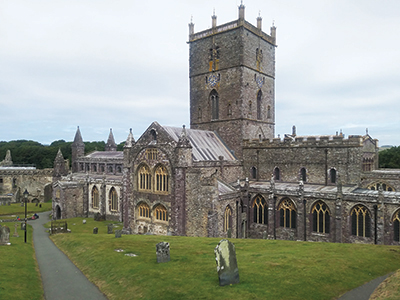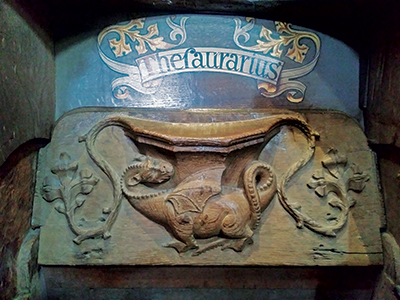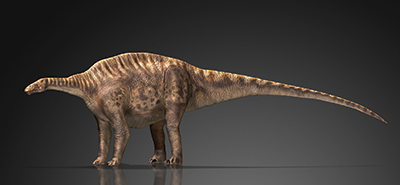I love the idea of a bishop having a pet dinosaur. Can you imagine the bishop taking his dino for a walk on lead? But he would have to live in a very big house or even a castle. Perhaps to be safe the bishop lived in a house like this;

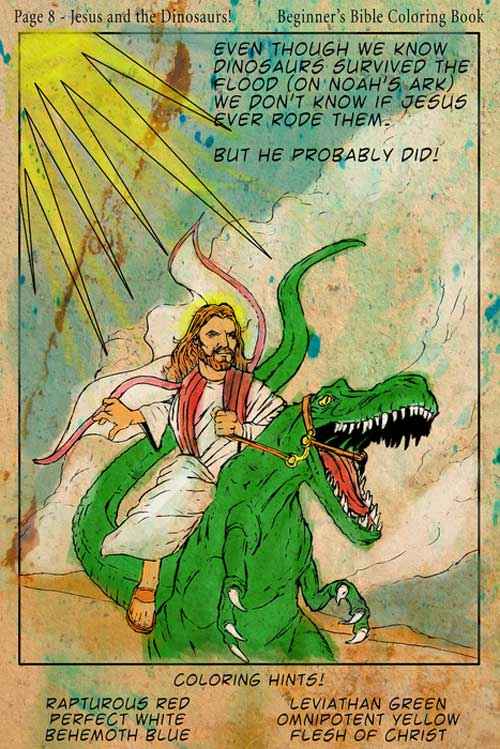
This is Rose Castle where the Bishops of Carlisle lived from 1230 to 2009. It would have space for a dinosaur. It seems reasonable as there are dinosaurs on the tomb of Bishop Bell who died in 1496 and was buried in Carlisle Cathedral.
Some may scoff at this but it has been put forward in all seriousness. So let’s consider it very carefully, and claims of dinosaur petroglyphs in Utah, which a science professor at Leeds University visited and wrote about..
Every child loves dinosaurs and some people never grow out of it. Ever since they were first discovered over 200 years ago they have held a fascination for so many. For over 200 years all geologists have been aware that they went extinct millions of years before humans appeared on the scene. One of the most notable dinosaur hunters was Mary Anning of Lyme Regis, who was held in very high esteem by geologists like Murchison and the Revs William Conybeare and William Buckland. It was Richard Owen who dubbed them dinosaurs or terrible lizards in 1841, the year before Darwin wrote his first essay on evolution.
Roll on 150 years and it is clear that dinosaurs went extinct 65 million years ago, most probably due to a meteor going splat in Mexico. Some suggested they got over-constipated! For two hundred years it has been well-known and beyond doubt that dinosaurs went extinct ant the end of the Cretaceous period, but Young earth Creationists insist that they not, and the Bishop’s dinosaur is part of that story.
Young Earth Creationists insist that the earth is only a few thousand years old and all these geologists have simply got it wrong! They hold that dinosaurs lived alongside humans and were probably present on Noah’s Ark. This is repeated time and again in creationist books and websites.me across when I read The Genesis Flood, the book that launched creationism in 1961. There was a long section on alleged human footprints alongside those of dinosaurs at Paluxy in Texas. In fact the human-looking footprints were embellished by some in the 1930s. Most creationists have since rejected the claims but they still crop up like a bad penny.
However Creationists insist humans lived with dinosaurs and were even on the Ark. For size considerations Noah only took a pair of baby diplodicuses. Ken Ham wrote a book about them living in the Garden of Eden. Poor Adam must have had fun naming them.


Some tens years ago a creationist church distributed books to a primary school in Scotland with pictures of triceratops towing a cart! The second photo is of an exhibit at the Creation Museum!
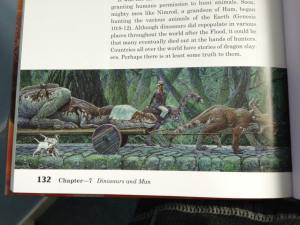

This is the nearest we have on contemporary life forms co-existing with ancient life. A rabbit in the Cambrian Burgess Shale!!!!!!!! It this were so geology and evolution are dead!!
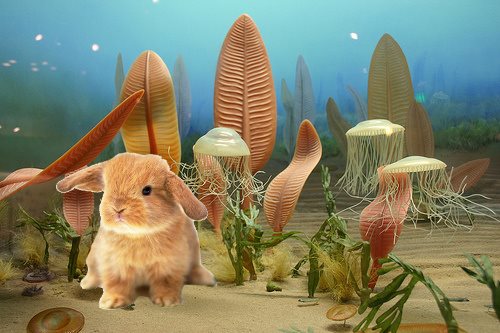
[Two articles on the Paluxy footprints]
https://www.asa3.org/ASA/PSCF/1988/PSCF9-88Hastings.html
https://ncse.ngo/paluxy-man-creationist-piltdown
So far my examples have been American, but now for two British ones. Creationism is not as strong in Britain as in USA, but it is common among evangelicals, especially of those outside “older” denominations and in “evangelical” denominations. They form a small minority in the Church of England. Some are university lecturers in engineering or science. I will consider two creationists. The first is Phillip Bell, who is a biology graduate and works for CMI (Creation Ministries International) who claimed that Bishop Bell’s 1496 tomb at Carlisle cathedral has dinosaurs on it. The other is Prof Andy McIntosh D.Sc of Leeds university who claims some petroglyphs in Utah are of dinosaurs.
Phillip Bell and the Bishop’s Dinosaur
Bishop Bell was bishop of Carlisle and died in 1496 at the age of 86. He was buried in the cathedral. He is buried in a magnificent tomb with unusual brass plates. These Bell thinks are dinosaurs

Actually, several Old Testament writers were inspired to mention dragons12 and the book of Job (chapters 40 and 41) describes two impressive creatures—behemoth and leviathan—which are unlike any living creatures today, but sound very like dinosaurs. What is more, stories of large and/or frightening reptilian creatures (often referred to as dragons) abound from cultures all over the world.13
Today, due to the modern evolutionary belief that no dinosaurs survived beyond the so-called Cretaceous (an alleged 65 million years ago), most people disregard all of this evidence as mere myths and legends, while ignoring the clear teaching of the Bible. To the unprejudiced mind, however, Bishop Bell’s ‘brass behemoths’ suggest that at least some such creatures were alive and well in the Middle Ages.
However, the existence of dinosaur motifs from this period presents no problem to the person who accepts what the Bible clearly implies—that people were once contemporary with dinosaurs. No doubt many would have us believe that the Renaissance artisan made up a beast that, by pure coincidence, just happens to look like a dinosaur.
Unless this is an elaborate forgery17 (which is highly unlikely, considering its location!), it represents further evidence that the standard evolutionary dogma concerning dinosaurs and their supposed 65-million-year-old extinction is just plain wrong.
We cannot say that these are definitely dinosaurs as they are too vague. I suppose a good imagination and sound teaching in a church might persuade you otherwise. Bell uses an argument from special pleading. He writes”Today, due to the modern evolutionary belief that no dinosaurs survived beyond the so-called Cretaceous (an alleged 65 million years ago),…” This is aimed at his readers and has no scientific content. It is not due to “modern evolutionary belief” as geologists were aware long before Darwin in 1859 that dinosaurs were long extinct and had been since the end of the Cretaceous, later dated at 65 my. We just need to consider the fossils found by Mary Anning in Dorset in the 1820s. They were studied by such geologists as Murchison, Cuvier and the Revs William Conybeare and William Buckland. None of those four accepted evolution. and are better described as creationists and old earth. This is rather misleading of Bell.
His use of the poetry of Job is simply bad interpretation. The poetic description could be any large animal or none. The tail may not be a tail but an item of male anatomy!
Bell dismisses it being a forgery. Rightly so as it is simply the imagination of the artist, but it was a time of belief in dragons. To claim this is further evidence against evolutionary dogma is simply risible.
Andy McIntosh D.Sc and dinosaur petroglyphs in Utah
My other example is from a science professor at a leading university. McIntosh was a Professor of Thermodynamics and Combustion Theory (hot air?) at Leeds University until 2014 and has had a distinguished career in that field. He is a Young Earth Creationist and has written widely on the subject
He wrote Genesis for Today, an exposition of early Genesis, with some “scientific” appendices striving to show how real science supports a literal Genesis. It was first published in 1997 and has gone through six editions. His treatment of geology leaves much to be desired and is simply inaccurate and full of misrepresentation. This is not what one would expect from a science professor. His treatment of geology includes many howlers and whoppers, which might be acceptable for a teenager but not a leading science professor. I would like to know how he made them. He told me he rejects my charges.
In 2006 McIntosh visited the fantastic parks in Utah as we also did in 2013. He, like us, visited Kachina Natural Bridge and Bryce Canyon. At Kachina Bridge he saw the “dinosaur” petroglyph, which is faint in this photo.

https://answersingenesis.org/geology/natural-features/utahs-testimony-to-catastrophe/
He wrote “The petroglyph of a sauropod dinosaur clearly has important implications—indicating that dinosaurs were indeed known to men after the Flood until they eventually died out and became (apparently) extinct.” and then puts it on a par with Bishop Bell’s dinos. He concluded;
This evidence of dinosaurs with man in relatively recent times is indirect evidence of the Flood, as it shows the fallacy of millions of years of gradual geological change being responsible for the rock record. The Flood explains the rocks and the fossil dinosaurs much better, and the Bible‘s history explains the existence of men and dinosaurs at the same time.
This is face-palmingly daft! Neither give any evidence whatsoever. Further as I wrote above his understanding of geology is dire. I am baffled how someone with a D.Sc. can believe such things.
His university published an understated disclaimer of his views in 2006, reported in the Guardian, during the brouhaha over Truth in Science;
Not surprisingly, therefore, the university has issued an official disclaimer: “Professor Andrew McIntosh’s directorship of Truth in Science, and his promotion of that organisation’s views, are unconnected to his teaching or research [here]… The university wishes to distance itself publicly from theories of creationism and so-called intelligent design, which cannot be verified by evidence.”
https://www.theguardian.com/science/2006/dec/19/schools.education
I am willing to say that some bishops are dinosaurs but not that any bishop had a pet dinosaur or ever saw a living one. All this is fantabulising by Young Earth Creationists and brings ridicule on themselves and sadly on all Christians.
l
